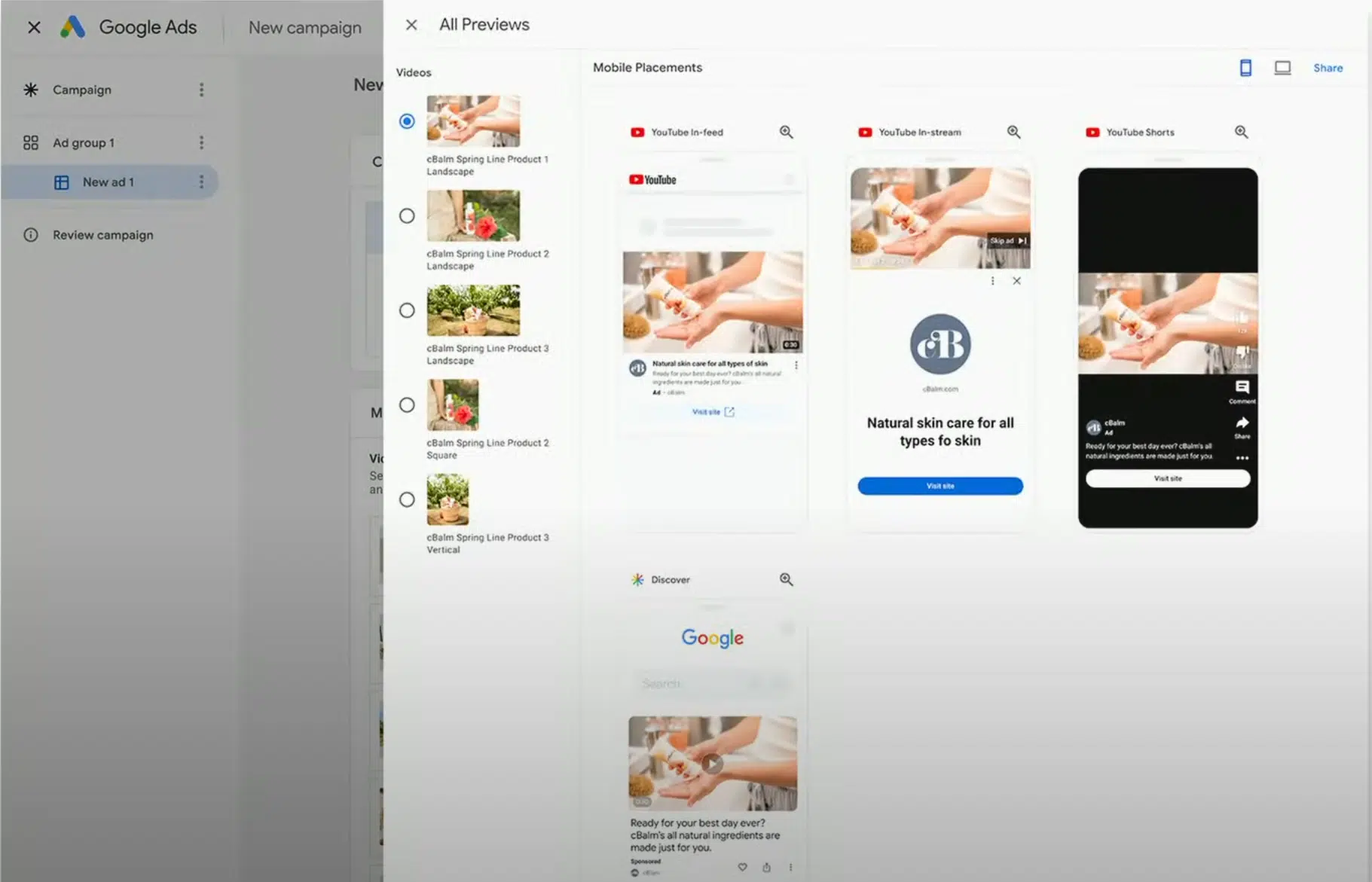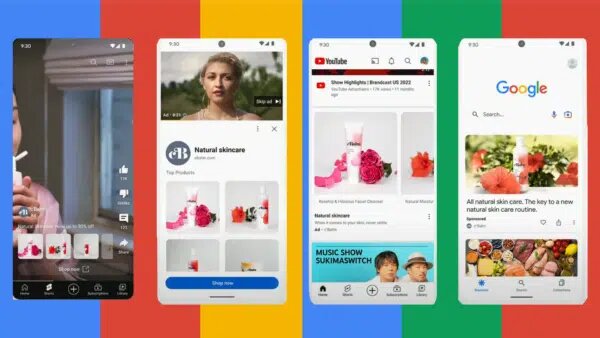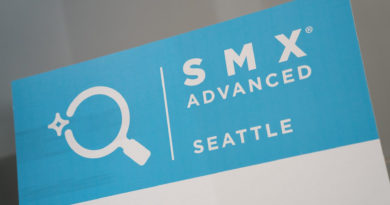Google Ads adds 2 new campaign types: Video views, demand gen
Advertisers will have new video-first campaign types at their disposal, Video view campaigns and Lead gen campaigns.
These campaigns have a specific goal and appear to be video-first campaigns, with all placements on Google-owned and operated properties.
Here’s what we know about the new campaigns announced at Google Marketing Live 2023 today.

Video view Campaigns. This campaign type does precisely what it is named, maximize views. A study showed that with Video view campaigns, advertisers saw on average 40% more views than in-steam skippable CPV campaigns, according to Google.
Video view campaigns combine a variety of formats including skippable in-stream ads, in-feed ads, and Shorts ads to get the most out of a budget. The beta for Video view campaigns will launch globally, next month.

Demand gen campaigns. New Demand Gen campaigns will leverage AI and help to engage and drive action with consumers. These campaigns will work across:
- YouTube Shorts.
- YouTube in-stream.
- YouTube in-feed.
- Discover.
- Gmail placements.
The calls to action shown appear to simply send traffic to the site instead of leveraging lead form assets, it was qualified that conversions can be tracked.

Within Demand gen campaigns advertisers will also be able to create Lookalike segments based on “seed lists” that can consist of first-party data and YouTube users.

The segments can be set to:
- Narrow (2.5% reach).
- Balanced (5% reach).
- Broad (10% reach).
The creative will also be able to be tailored to the specific Lookalike segments
Why we care. These two new campaign types offer specific video-first options for advertisers with goals of more views, or more demand. These campaigns reach across a variety of Google inventory for more robust reach.
Lastly, the Lookalike segments will help advertisers find those like-minded customers through a custom-built Seed list. The ability to test from Narrow to Broad also gives advertisers the ability to restrain or expand reach.



